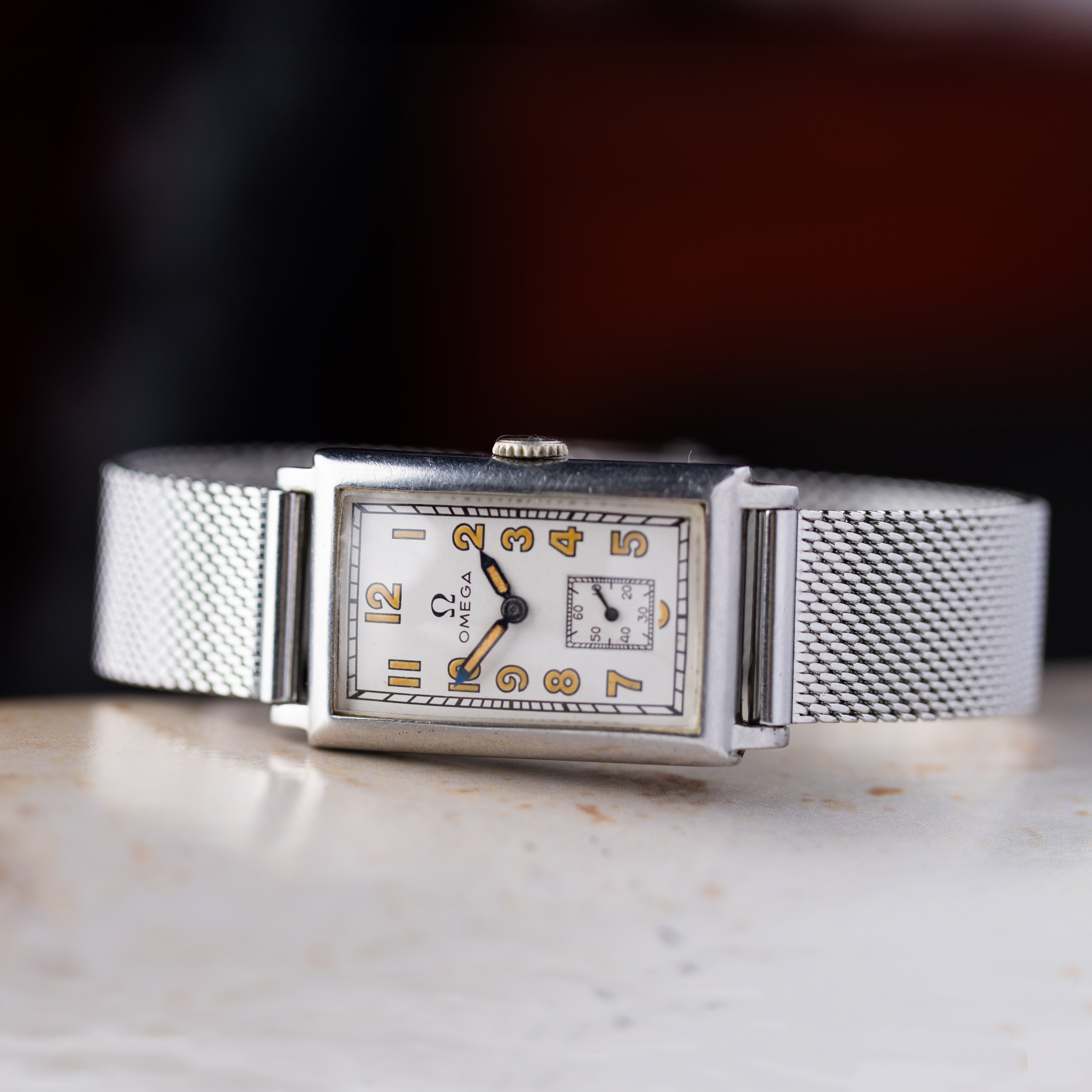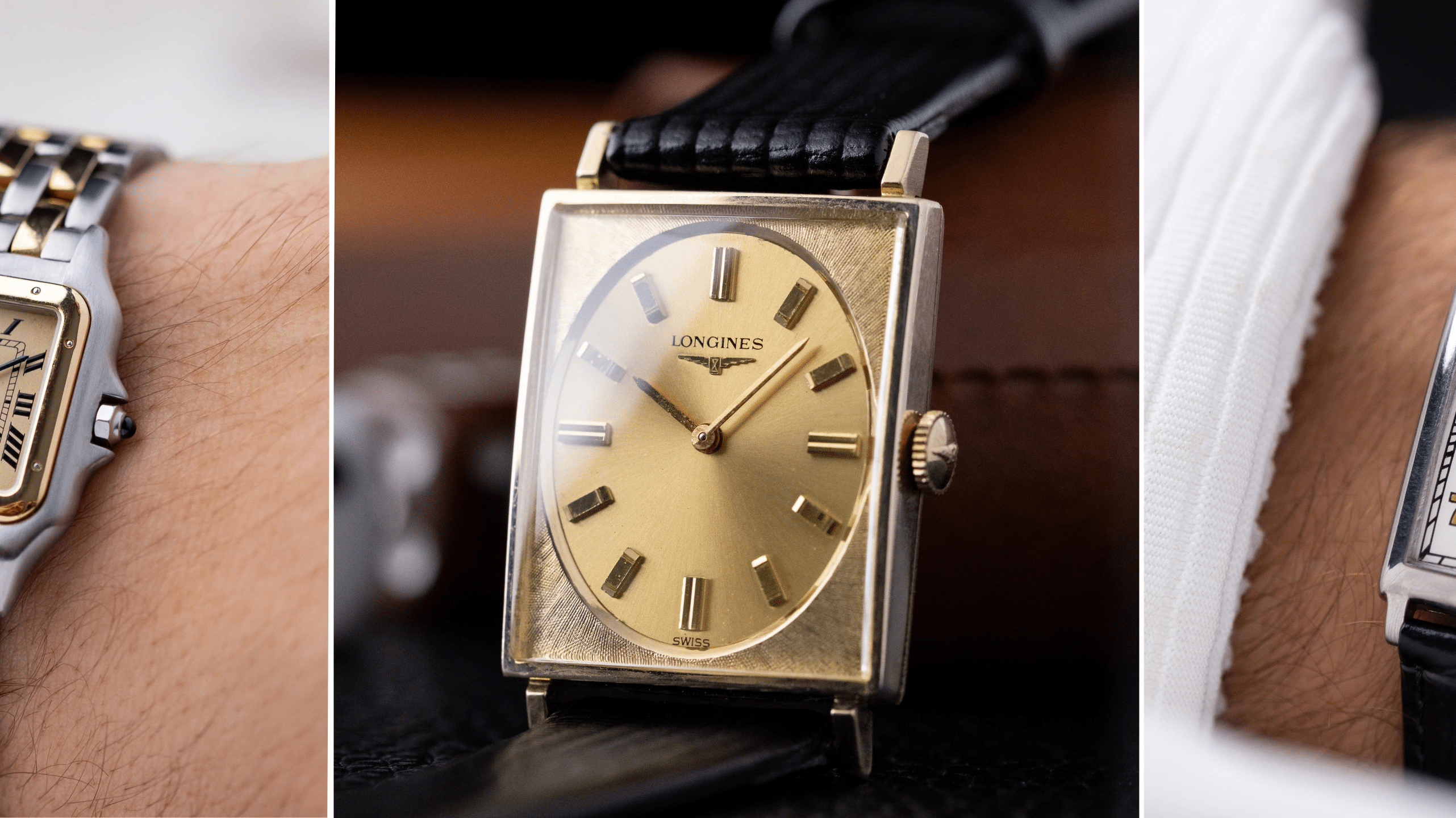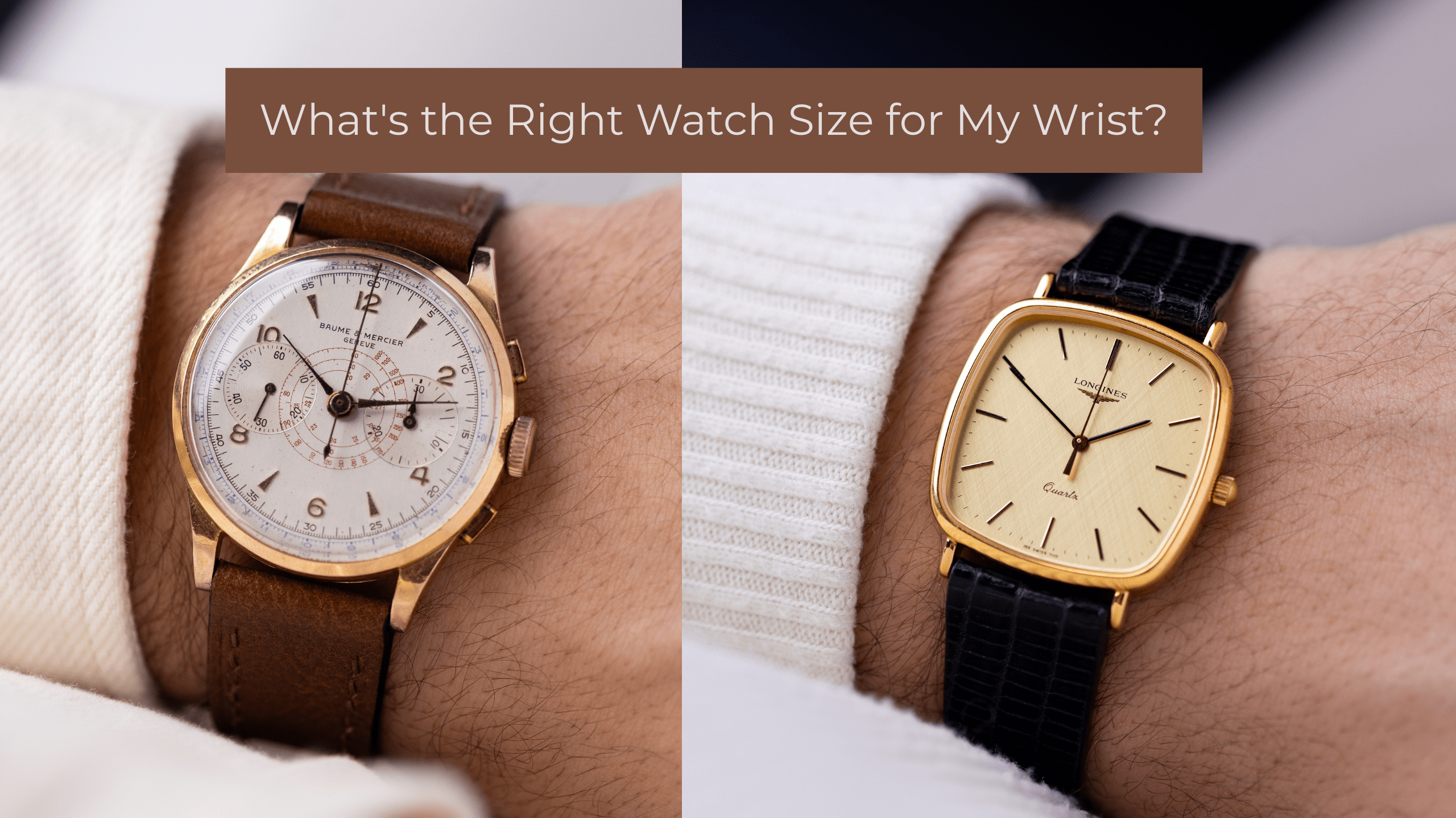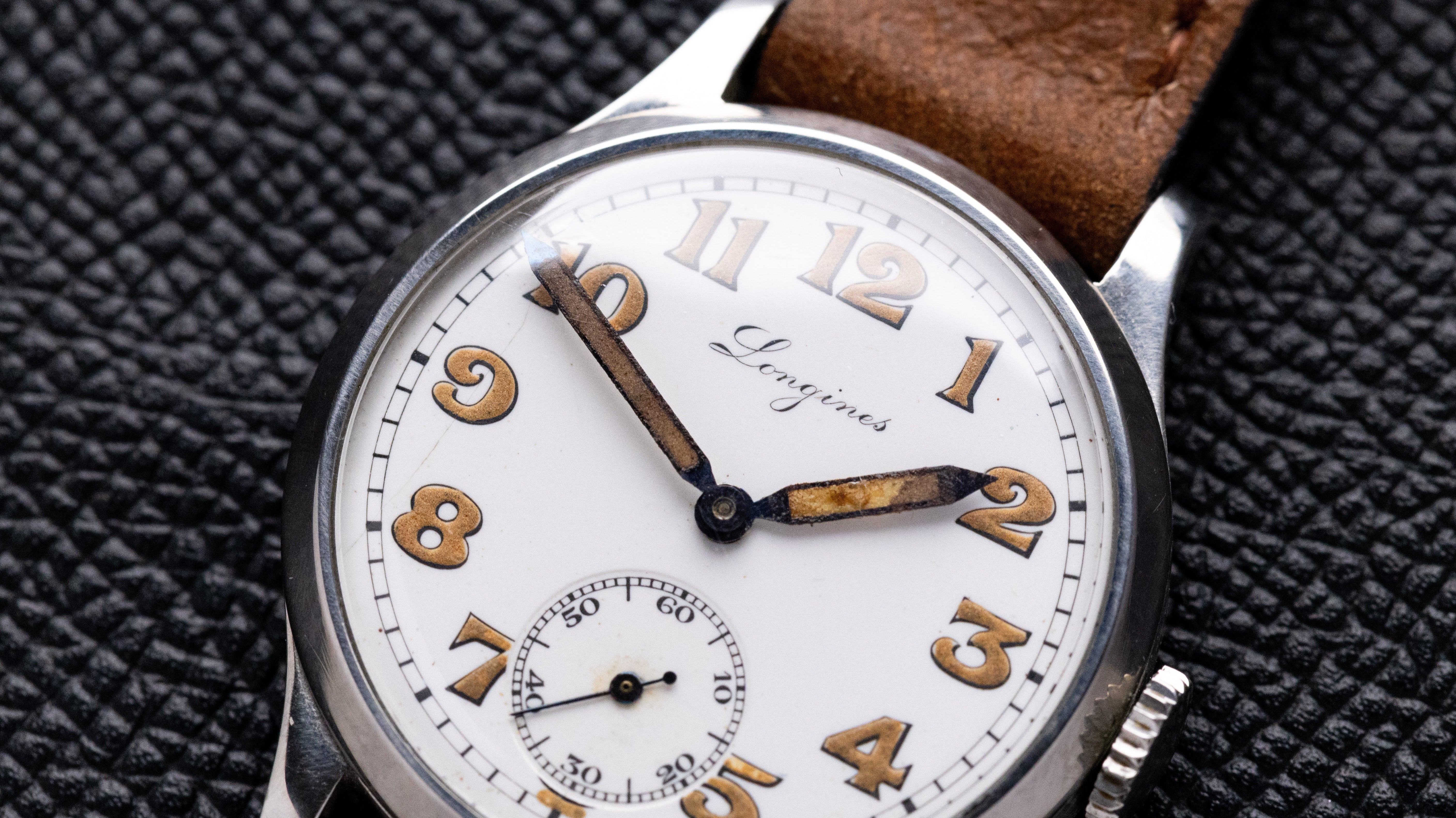Pocket watches, more than mere timekeepers, are symbols of a bygone era, encapsulating the essence of craftsmanship and elegance. These intricate devices, which once rested in the vest pockets of gentlemen, have played a pivotal role in both the practical and aesthetic realms of history. While the world has largely shifted to wristwatches and digital timekeeping, the allure of pocket watches remains undiminished. Their journey, from essential tools for synchronizing train schedules to coveted collectibles, mirrors the evolution of timekeeping technology and fashion.
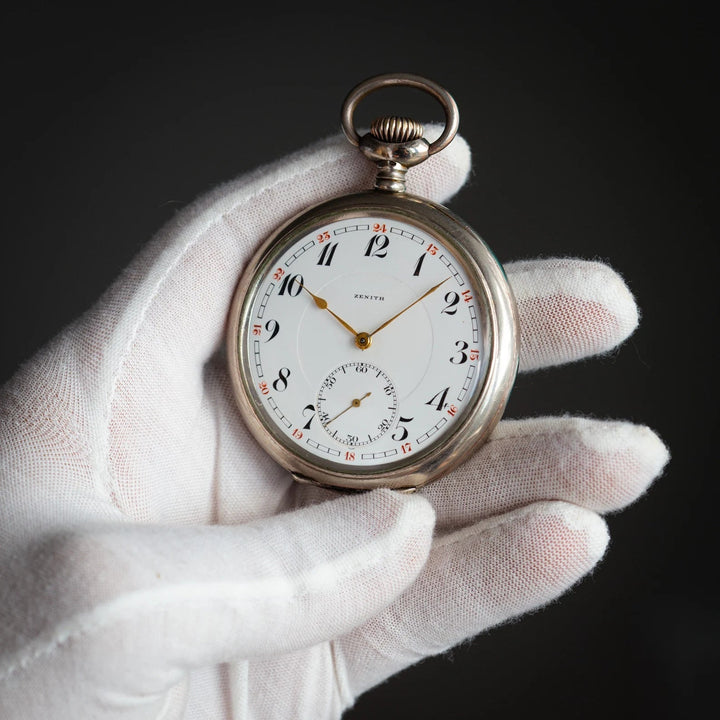
History of Pocket Watches
Origins and Early Development
The inception of pocket watches can be traced back to the late 15th century, originating in Europe. Initially, these timepieces were large and cumbersome, worn around the neck or carried in a purse. The invention of the mainspring was a crucial development, allowing for smaller, more portable designs. By the 17th century, pocket watches had become more accessible and fashionable, often adorned with intricate engravings and precious metals, reflecting the technological advancements and artistic sensibilities of the time.
Golden Age and Evolution
The 18th and 19th centuries marked the golden age of pocket watches. Advancements in engineering and metallurgy led to more accurate and reliable mechanisms. This period witnessed the introduction of key innovations like the minute hand and the balance spring, which significantly improved timekeeping precision. Pocket watches became status symbols, with elaborate cases and dials showcasing the craftsmanship of watchmakers. Brands like Patek Philippe and Breguet emerged, setting standards in luxury and precision.
Decline and Resurgence in Modern Times
The 20th century saw a decline in the popularity of pocket watches, largely due to the advent of wristwatches, which offered greater convenience during World War I. However, the 21st century has experienced a resurgence of interest in these classic timepieces. Modern collectors and fashion enthusiasts have rekindled an appreciation for the artistry and history of pocket watches, often seeking vintage pieces or new designs that pay homage to traditional craftsmanship.
Design and Craftsmanship
Mechanical Ingenuity
The mechanical design of pocket watches is a testament to human ingenuity and precision engineering. Initially, these watches operated on verge escapement mechanisms, which evolved into more sophisticated systems like the cylinder and lever escapements. The intricate gears and springs, meticulously assembled, exemplify the pursuit of accuracy in timekeeping. Key components like the balance wheel and escapement mechanism showcase the blend of physics and artistry in watchmaking, ensuring the smooth and accurate movement of the hands across the watch face.
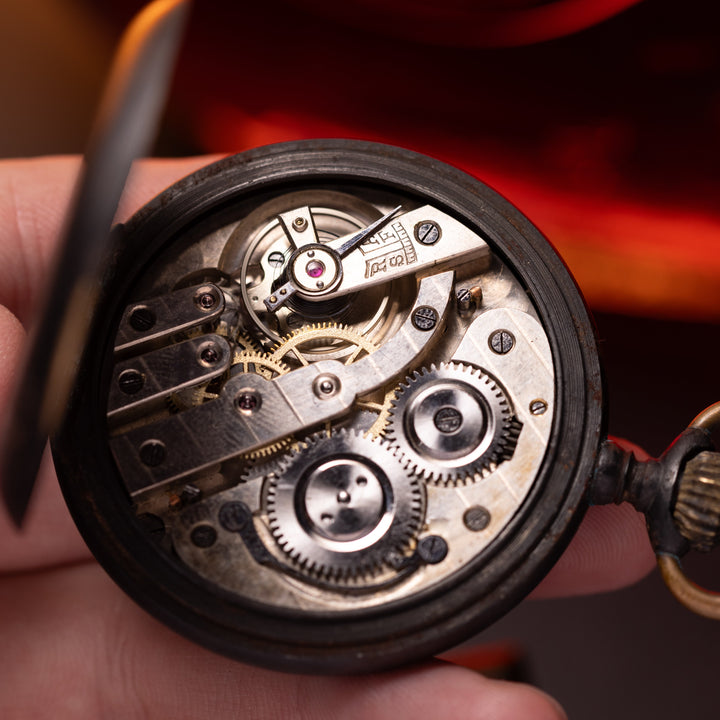
Artistic Design and Materials
Beyond their technical prowess, pocket watches are also remarkable for their artistic design. Enameling, engraving, and jewel setting were commonly employed to embellish watch cases and faces. Materials ranged from gold and silver for luxury models to brass and steel in more affordable versions. Some pocket watches featured intricate scenes or family crests, turning them into personalized works of art. The glass or crystal covering the face evolved from being merely functional to enhancing the watch's aesthetic appeal, with innovations like sapphire crystal improving durability and clarity.
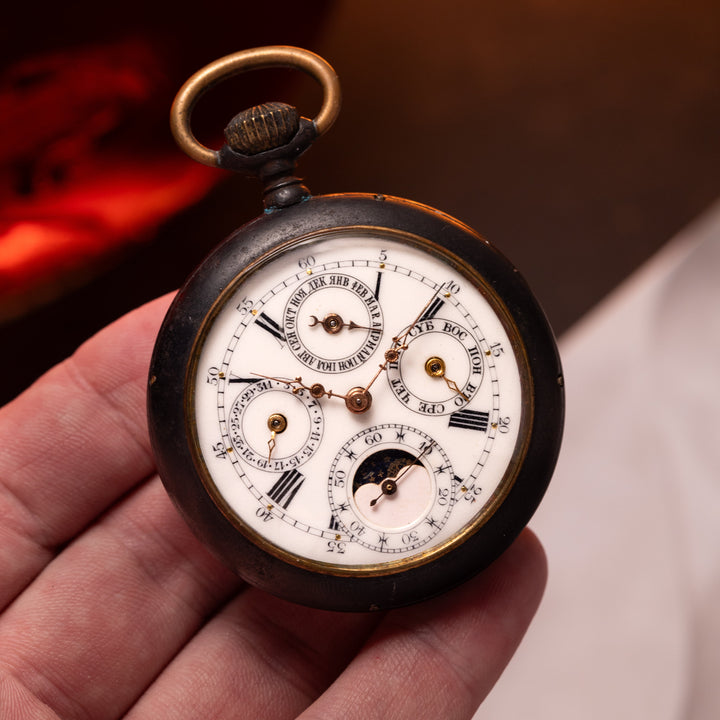
Famous Manufacturers and Brands
Throughout history, several manufacturers have stood out for their exceptional craftsmanship in pocket watch production. Brands like Patek Philippe, Breguet, and Vacheron Constantin are renowned for their luxury and precision. American companies like Elgin and Waltham played a significant role in popularizing pocket watches by mass-producing affordable, reliable timepieces. These brands not only advanced the technical aspects of watchmaking but also contributed to the cultural and aesthetic value of pocket watches, cementing their legacy in the annals of horology.
Cultural and Symbolic Significance
Symbol of Status and Elegance
Pocket watches have long been a symbol of status and elegance. In the past, owning a finely crafted pocket watch was a sign of wealth and sophistication. The intricate designs and precious materials used in high-end models underscored the owner's taste and social standing. Even today, a pocket watch is often associated with a sense of timeless style and an appreciation for the finer things in life, reflecting a deep respect for tradition and craftsmanship.
Pocket Watches in Literature and Film
The presence of pocket watches in literature and film further cements their cultural significance. These timepieces often serve as key plot elements or symbols in stories, representing themes like time, mortality, and the complexities of human nature. Classic literary works and films frequently feature characters with pocket watches, using them as a tool to define a character's personality or social status. This enduring representation in various forms of media highlights the pocket watch's lasting impact on popular culture.
Collectors and Modern Enthusiasts
Today, pocket watches attract a diverse group of collectors and enthusiasts. Some are drawn to the historical and technical aspects, while others appreciate their artistic value. This renewed interest ensures that the legacy of pocket watches continues, bridging the gap between past elegance and modern appreciation.
Caring for Pocket Watches
Maintenance and Repair
Proper maintenance is crucial for preserving the functionality and beauty of pocket watches. Regular servicing, ideally every few years, is recommended to keep the intricate mechanics in optimal condition. This involves cleaning, oiling, and adjusting the movement to ensure accurate timekeeping. Owners should also be mindful of environmental factors like humidity and temperature, which can affect the watch's performance. For repairs, especially for antique models, it's important to consult experienced watchmakers who specialize in vintage timepieces to maintain their authenticity and value.
Preservation for Future Generations
Preserving a pocket watch for future generations goes beyond regular maintenance. It involves careful handling and storage in a controlled environment to prevent damage from elements like dust and moisture. When not in use, pocket watches should be stored in a watch case or a soft cloth to protect them from scratches and other physical damage. Documenting the history and servicing records of the watch can also be valuable for future owners or collectors. By taking these steps, enthusiasts can ensure that these exquisite timepieces endure as both functional objects and historical artifacts.
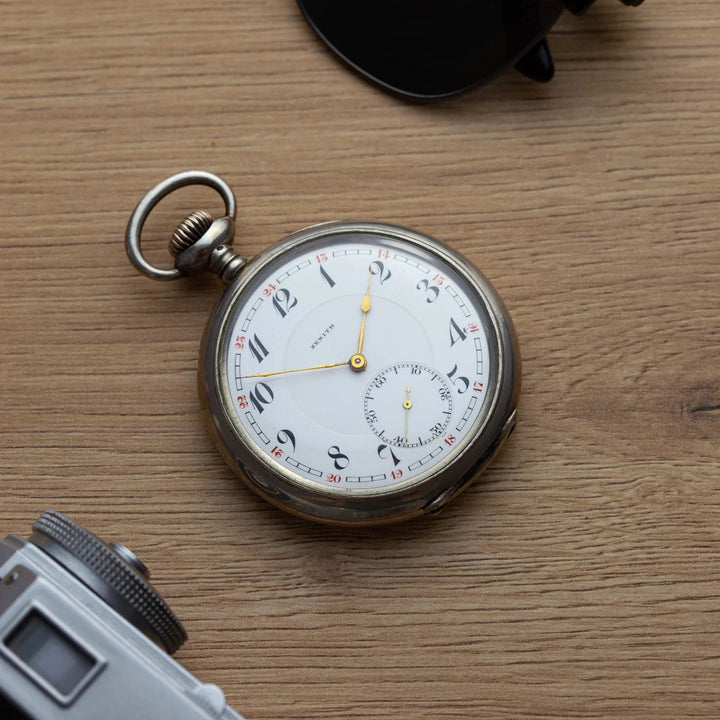
Pocket watches are more than just timekeeping devices; they are a testament to human ingenuity, artistry, and the enduring fascination with time. From their origins in the 15th century to their current status as prized collectibles, they have mirrored the evolution of technology and fashion. The meticulous craftsmanship, historical significance, and cultural impact of pocket watches continue to captivate enthusiasts around the world. As symbols of elegance and tradition, they remind us of a time when patience and precision were paramount, offering a tangible connection to the past in our fast-paced modern world.

